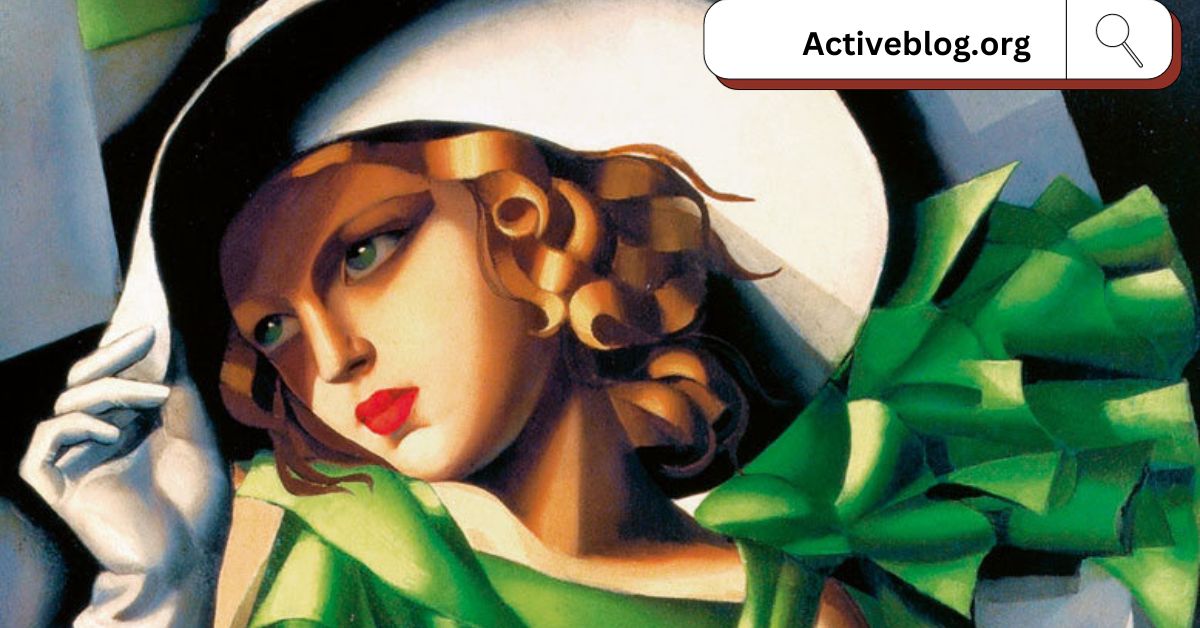Art Deco, with its unmistakable lines, geometric patterns, and lavish ornamentation, stands out as one of the most distinctive art styles of the 20th century. Though often associated with architecture and design, the world of painting wasn’t untouched by its glamorous charm. Dive into the world of Art Deco painting and witness the opulence and optimism of an era that’s long gone but never forgotten.
1. The Dawn of Art Deco
Originating in the 1920s and reaching its zenith in the 1930s and ’40s, Art Deco emerged as a response to the austerity of World War I. The movement began in France and quickly spread worldwide, embodying the burgeoning aspirations of a new world that had just tasted industrialization’s fruits.
2. Hallmarks of Art Deco in Painting
Geometry and Line: art deco style paintings frequently use bold, linear patterns and geometric shapes. This was a stark deviation from the organic forms and the free-flowing curves of its predecessor, Art Nouveau.
Vibrant Colors: Vivid and often contrasting hues were employed to exude luxury and energy, reflecting the optimism of the Roaring Twenties.
Exoticism: Art Deco was heavily influenced by archaeological discoveries, like the Tomb of Tutankhamun. This led to Egyptian, African, and Aztec themes and motifs in the art.
Celebration of Modernity: The works often celebrated modern life with depictions of skyscrapers, machines, and urban landscapes, illustrating the age’s technological advancements.
3. Prominent Artists and Their Contributions
Tamara de Lempicka: Often hailed as the “Queen of Art Deco,” Lempicka’s works, characterized by smooth finishes and sculpted figures, are a visual treat. Her portraits of the European elite are particularly notable.
Jean Dupas: Known for his large decorative panels, Dupas’s works blend classicism and modernity. His murals for the ocean liner SS Normandie exemplify Art Deco elegance.
A.M. Cassandre: Although more recognized for his posters and advertisements, Cassandre’s stylized depictions of locomotives, ocean liners, and the like brought Art Deco’s essence to the masses.
4. Art Deco’s Influence on Modern Painting
While Art Deco as a movement saw its decline post-World War II, replaced by the more austere and functional Modernism, its impact lingers. Contemporary artists often revisit its motifs, finding inspiration in its grandeur and allure. The style has seen resurgence, with modern takes on its themes, especially in digital art and graphic design.
5. Art Deco and The Cultural Milieu
Art Deco wasn’t just a style but a reflection of an era’s psyche. It was the Jazz Age, the age of flappers, burgeoning cinema, and a newfound freedom in urban life. This cultural renaissance found its expression in Art Deco paintings, where the exuberance, dynamism, and elegance of the times were captured with flair.
6. The Enduring Appeal
Today, almost a century later, Art Deco paintings still captivate. They’re a window into an age of extravagance, optimism, and transformation. Whether it’s the allure of Lempicka’s polished figures or the majesty of Dupas’s grand panels, the elegance of Art Deco beckons, inviting us to lose ourselves in its opulent embrace.
Conclusion
Art Deco, with its symphony of lines, forms, and colours, remains a testimony to a period of profound cultural and technological shifts. In its paintings, we find the heartbeat of an era – the dreams, the ambitions, and the unbridled hope of a world on the cusp of modernity. As we stand at the threshold of new challenges and transformations in the 21st century, revisiting Art Deco reminds us of the power of art to capture, celebrate, and inspire.










